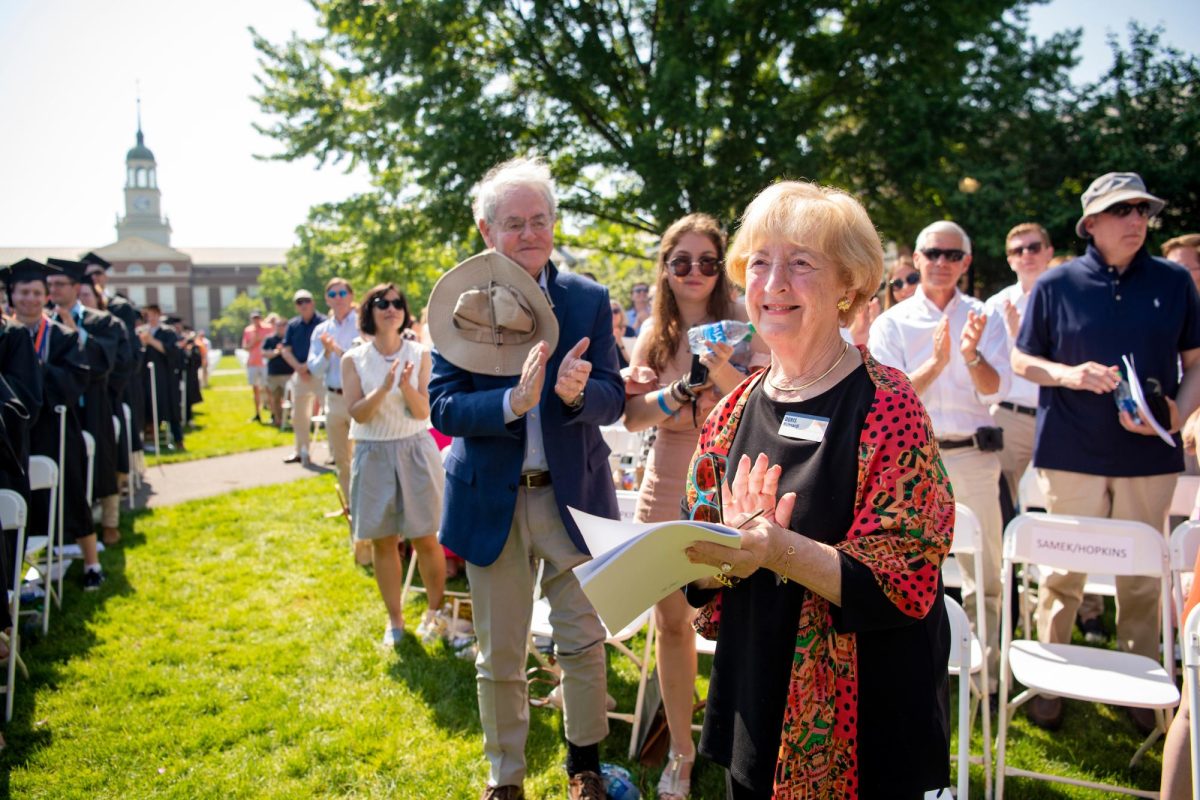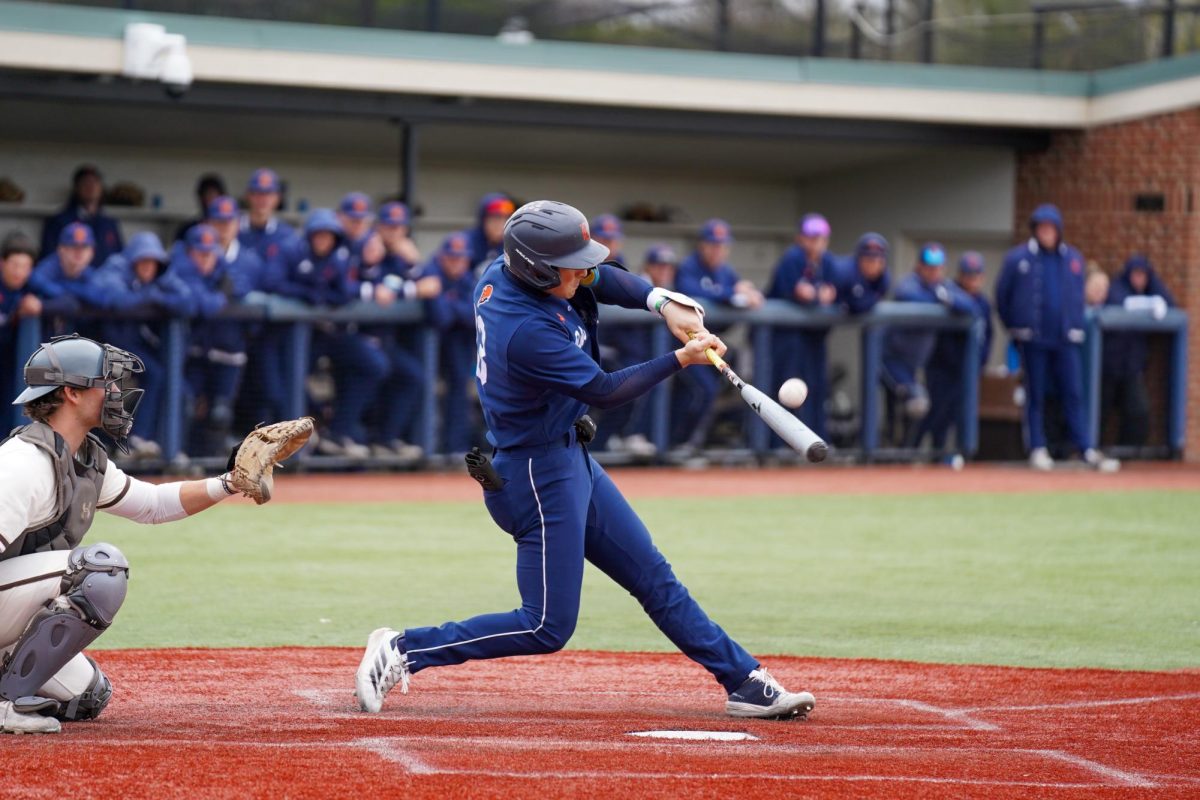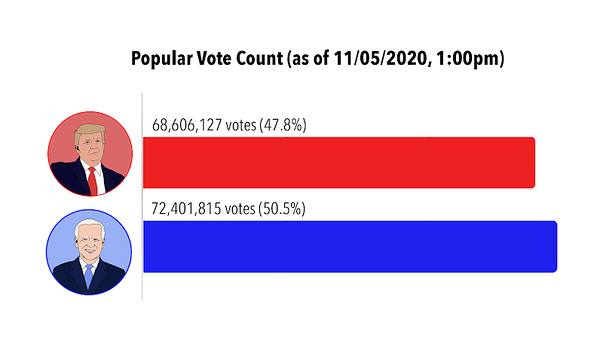Rape myths are untrue assumptions or beliefs about victims of sexual assault that negatively impact them. A common rape myth is the assumption that a victim is attacked because of the outfit they had on. Another common rape myth is that victims of sexual assault would report to police immediately; this is often not the case. These two very common rape myths have been proven false time and time again, however they are still ingrained in a lot of people that end up in juries. These myths can make the difference in how a sexual assault case is investigated by police, handled in court, and treated by media.
50% of students at Bucknell experience some version of sexual misconduct, including sexual harassment and assault. This statistic suggests that not only is sexual assault being reported by half of Bucknell’s population, many more are likely not reporting it; thus, we must provide support for everyone who has experienced it or knows someone who has.
Statistics show the majority of sexual assaults are not reported. Of every 3 sexual assaults that occur, at least 2 are not reported. This could be due to a number of factors, including how investigators are treating the victim and the investigation process. Of the few cases that are reported and go to trial, only 2.6% of rapists receive a felony conviction and 1.94% actually go to prison.
One of the reasons this may be happening is due to the belief in rape myths. Studies have found that rape myths have been used in court by defense attorneys in order to discredit the victim. Through cross-examination defense attorneys use these myths against the victim to twist and turn the opinions of jurors. Another study found that rape myth beliefs are not just present in the defense council, but the prosecution as well. Surprisingly, rape myth acceptance is often evident in prosecutors when deciding to take a case. Research has found that rape myths exist in trying to find an “ideal victim”. This means prosecution looks for cases, and victims, that are more likely to win. An “ideal victim” would be one that aligns with rape myths, such as reporting soon after their attack, stating “no” and physically fighting the attacker off, and possibly being less “promiscuous” than other women. Most importantly, research supports that rape myths are a factor in the most influential aspect of the courtroon – the jury. Many studies found that jurors belief in rape myths impact their decison making during sexual assault cases.
In light of the evidence surrounding rape myths impact on sexual assault cases, researchers have been working towards interventions such as giving information about sexual assault and rape myths prior to discussing sexual assault cases. Another study found that in-depth courses on rape myth counteraction with high participant engagement were extremely successful in decreasing rape myth acceptance. In order to decrease rape myth acceptance, people need to be educated on sexual assault. Not only do they need to be educated on the topic but they need to be aware of what rape myths are and why they are false. Research indicates that interventions for rape myths work– now we just have to apply them.
Why should Bucknell care? 50% of the student body have experienced some form of sexual misconduct. When asked specifically about sexual violence/rape, 20% of students answering “yes,” they experience sexual violence, identified as women. The university has an opportuntity to implement informational sessions and dicussions regarding rape myth acceptence for first year students, in addition to the educational session they experience already. The research supports that informing individuals about rape myths helps reduce rape myth acceptance, which not only will help individuals understand sexual assault survivors more but in turn create a more supportive enviroment. With half of the study body being affected by sexual assault, it’s about time Bucknell begins to intervene.



















